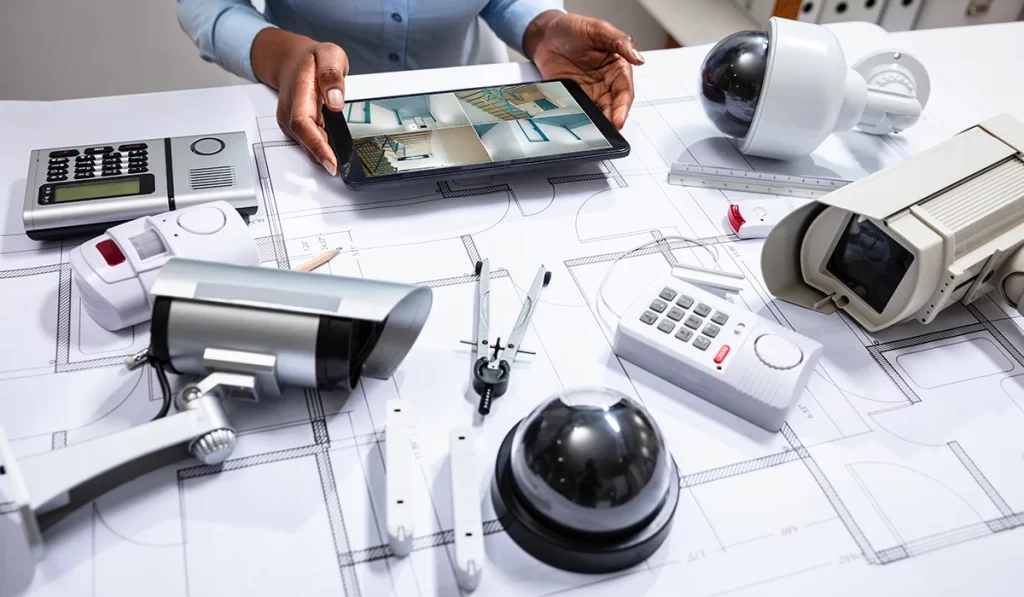In an era defined by technological advancements, the paradigm of security has undergone a transformative shift, and at the forefront of this evolution stands the access control system. Beyond the traditional lock-and-key approach, access control system has emerged as a sophisticated and integral component in shaping the future of secure environments. Access control systems serve as the gatekeepers of physical and digital spaces, ensuring that only authorized individuals gain entry. The scope of these systems extends far beyond simple door entry mechanisms, encompassing a wide array of technologies such as key cards, biometric scanners, and even facial recognition. This multifaceted approach not only enhances security but also ushers in an era of convenience and efficiency. One of the key advantages of access control system lies in its ability to adapt to diverse environments. From corporate offices to critical infrastructure facilities, access control system can be customized to meet the unique security needs of different sectors. The flexibility of these systems allows organizations to strike a balance between a robust security posture and the seamless flow of authorized personnel.

Biometric authentication is a notable feature within modern access control system, revolutionizing the way individuals are identified and granted access. Fingerprints, retina scans, and facial recognition have replaced traditional access methods, providing a higher level of security by relying on unique biological markers. This not only reduces the risk of unauthorized access but also mitigates concerns related to lost or stolen credentials. The integration of access control systems san antonio with advanced technologies such as artificial intelligence AI and the internet of things IoT has propelled security measures to unprecedented levels. The interconnected nature of access control system with IoT devices ensures that security is not confined to physical barriers but extends to digital realms as well. In addition to enhancing security, access control system contributes significantly to operational efficiency. The automation of access management reduces the burden on human resources, allowing organizations to allocate personnel to more strategic tasks. The real-time monitoring capabilities of access control system provide valuable insights into the movement of individuals within a facility, enabling proactive responses to potential security threats.
The advent of cloud-based access control system further amplifies its impact on secure environments. Cloud integration facilitates remote management and monitoring, empowering administrators to oversee access control across multiple locations from a centralized platform. This not only streamlines operations but also ensures a rapid and coordinated response to security incidents. As the world becomes increasingly interconnected, the importance of securing digital assets becomes paramount. Access control system extends its reach to cyberspace by integrating with cybersecurity protocols, ensuring that access to sensitive digital information is guarded with the same rigor as physical spaces. This convergence of physical and digital security fortifies organizations against a wide spectrum of threats. Access control system stands as a beacon in the evolution of security, shaping the future of secure environments. Its integration of biometric authentication, and cloud technology not only fortifies physical spaces but also extends security measures to the digital realm. As we continue to navigate an era of rapid technological progress, access control system stands as a testament to the commitment to safeguarding assets, information, and people in an ever-evolving landscape.

